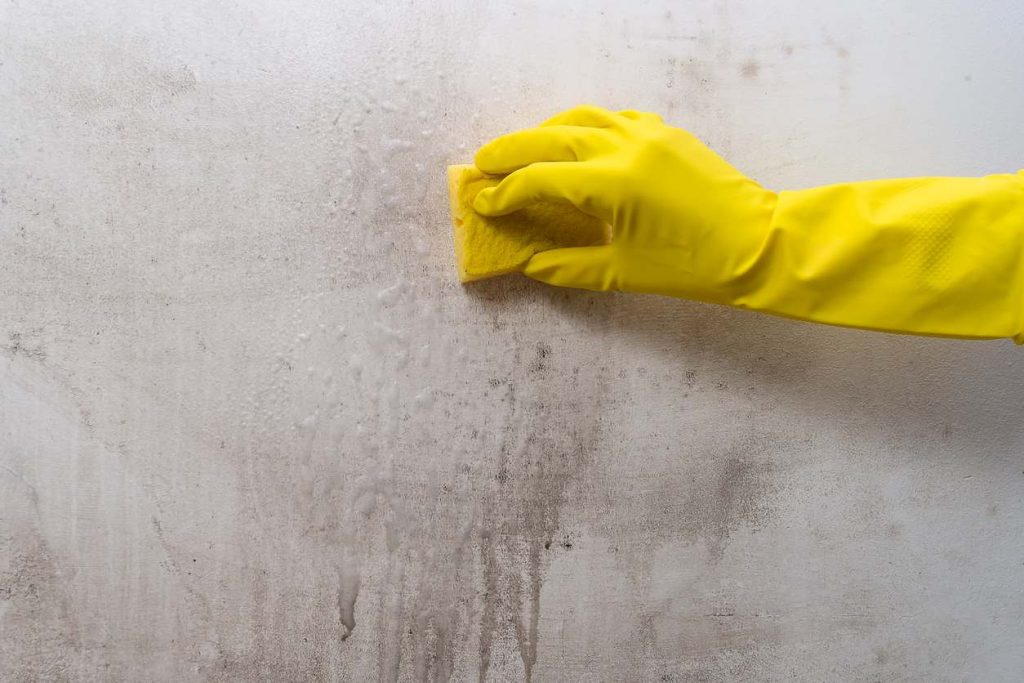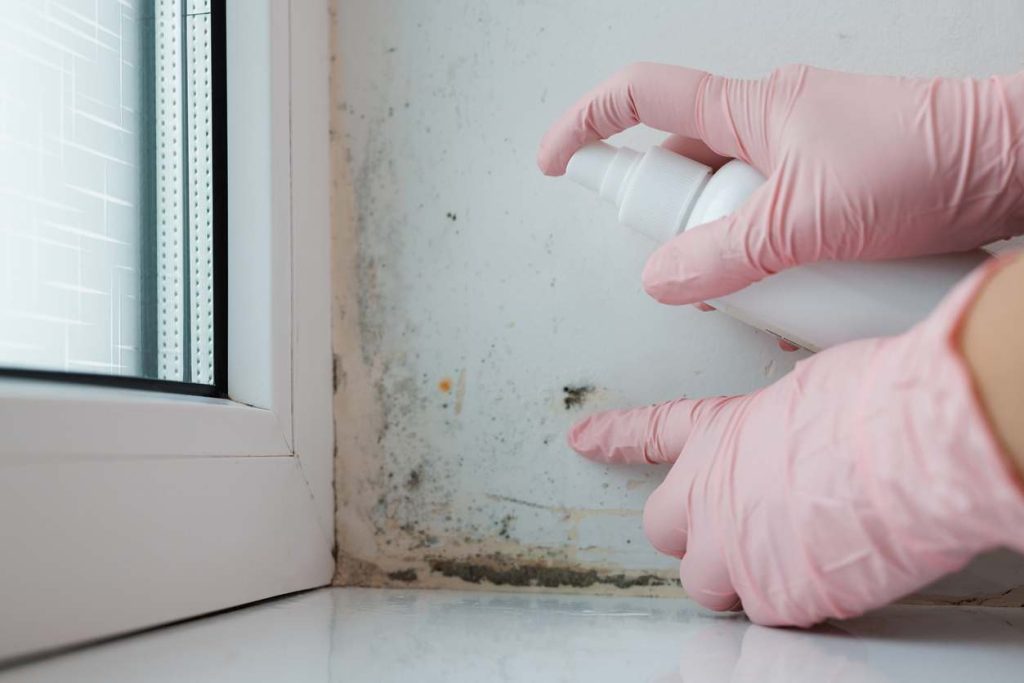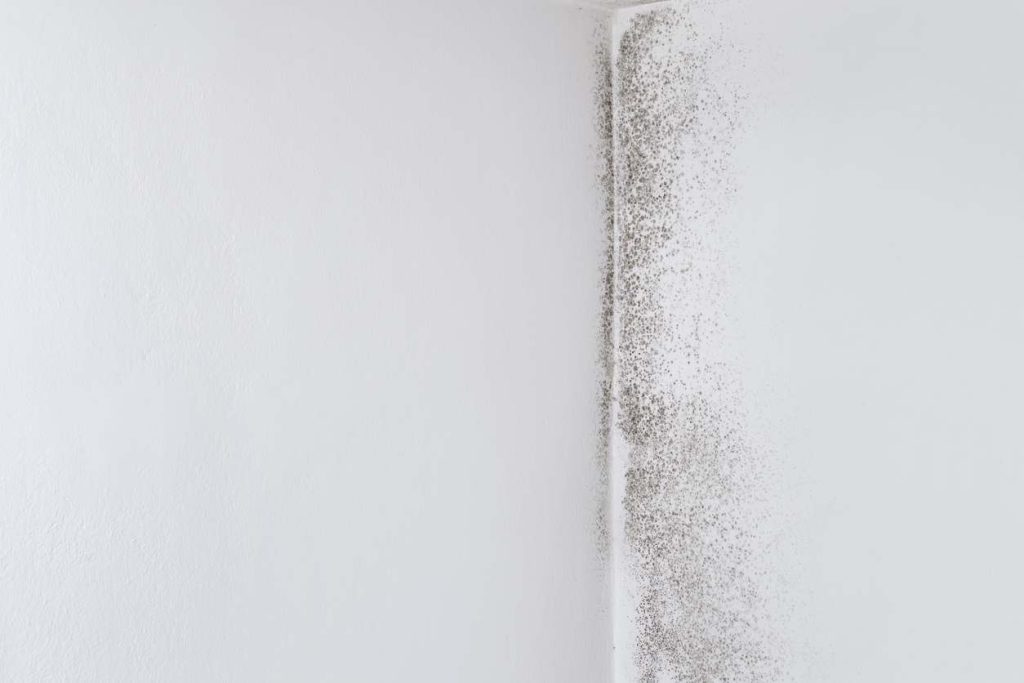Since drywall rose to popularity during the postwar era, it has been a staple in most American homes. And it doesn’t end there. Up to now, manufacturers have continued to develop different types of drywall, which will add protection, enhancement, and value to many homes and businesses. The best painters in Dublin, CA and the Bay Area are most likely to have worked with different types of drywall, including mold-resistant drywall.
Molds are a severe problem in a home or business.
While molds are a natural part of the environment, they can become a serious problem in a home or business. Mold spores float in the air and attach themselves to any organic material in a damp, oxygen-rich environment. Then it will spread quickly, leading to health concerns such as allergic reactions and respiratory problems.
People allergic to mold or who have asthma may have severe reactions to mold. Immunocompromised people and people suffering from chronic lung disease may suffer from lung infection due to mold.
Suppose you or your family member has any of these health concerns. In that case, keeping your home or business safe and healthy is imperative – including replacing your regular drywall with mold-resistant drywall.
What is mold-resistant drywall?
Regular drywall consists of a gypsum plaster sandwiched between two sheets of thick paper. The sheets of thick paper keep the gypsum together in case it cracks. However, they are not so thick that they cannot be cut if needed.
Mold-resistant drywall is basically the same as regular drywall, with the same gypsum core. However, mold-resistant drywall uses a much thicker paper facing and backing that is heavily coated with wax, making it impenetrable to moisture – and you know how mold thrives in areas with moisture. It is designed that way to prevent mold spores from attaching and embedding themselves to the surface.
Instead of paper, mold-resistant drywall uses fiberglass mesh for the facing and backing. Because fiberglass is a non-organic material, it denies the mold the food source necessary to grow and spread.
Will using mold-resistant drywall guarantee you’ll never have a problem with mold? No, but the likelihood of having mold issues is reduced tremendously.
What’s the difference between a mold-resistant wall and a “green board”?
Some people think mold-resistant drywall and green board are the same. But there’s actually a slight difference between the two.
While both drywalls are moisture-resistant, mold-resistant drywall has a fiberglass facing, which is more effective at preventing mold and mildew growth due to the absence of organic material.
The green board consists of a paper facing that’s heavily coated with wax, similar to mold-resistant drywall. But unlike the latter, the green board still contains organic material in the way of the paper on the front and back of the sheet. It’s only moisture-resistant on its front but not on its back, so it cannot prevent moisture from getting absorbed on the back of the sheet, thus creating the ideal conditions for mold to grow.
So, if you want to keep your home mold-free, you know which type of drywall to install.
Where to install mold-resistant drywall?
It’s unnecessary to cover your home’s entire interior with mold-resistant drywall. However, there are certain areas where moisture and humidity are constantly present, such as:
- Bathrooms
- Kitchens
- Laundry rooms
- Utility rooms
- Basements
- Mudrooms
- Any space around an appliance or fixture that uses water or creates water through steam or condensation.
Can mold-resistant drywall be painted?
Like all types of drywall, moisture-resistant drywall is paintable. Once installed, the drywall’s surface can be applied with paint or another finish.
Since mold-resistant drywalls are generally installed in damp and humid areas, the best surface finishes are primer and paint with excellent mold-killing properties. Kilz and Zinsser are two manufacturers that make mold-resistant primers.
If mold is growing on regular drywall or inside of it, the drywall and other affected material should be removed and replaced with new mold-resistant drywall. Then, apply the new drywall’s surface with mold-resistant primer and paint.
Both the mold-resistant primer and paint contain fungicidal properties that can kill off any remaining mold (in the case of painting old surfaces) and prevent mold spores from embedding on the surface, inhibiting their growth.
Benefits of using painted mold-resistant drywall
Installing mold-resistant drywall and applying them with mold-resistant primer and paint will give you the following excellent benefits:
- Painted mold-resistant drywall provides extra protection layers that make it difficult for mold to form on gypsum boards.
- Mold-resistant drywall is easy to install and paint, just like regular drywall.
- It is easy to repair.
- Indoor air will significantly improve.
- It can increase the value of your home.
Mold-resistant drywall does not guarantee mold prevention
Investing in mold-resistant drywall, and painting it with mold-resistant paint and primer, can be a good choice in certain areas of your home. However, it doesn’t guarantee a complete and ultimate solution to the mold problem.
As a business or homeowner, you must still take active measures to reduce moisture levels in your business or home, especially in areas prone to dampness and humidity. This means finding out the source of leaks and fixing them, repairing water damage, and improving your home’s indoor air quality through proper ventilation and dehumidification.
Final thoughts
Mold-resistant drywall is often more expensive than regular drywall. But it can be a worthy investment, especially for areas that experience frequent humidity and are often prone to mold and mildew.
The drywall’s resistance to mold can help improve your home’s indoor air quality, preventing unhealthy conditions from developing and making your living and business spaces safer and healthier.
But if you need to figure out whether mold-resistant drywall is the right choice for your home, it is always best to seek the expertise and services of commercial painters in Dublin.





